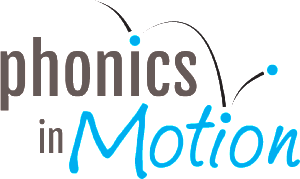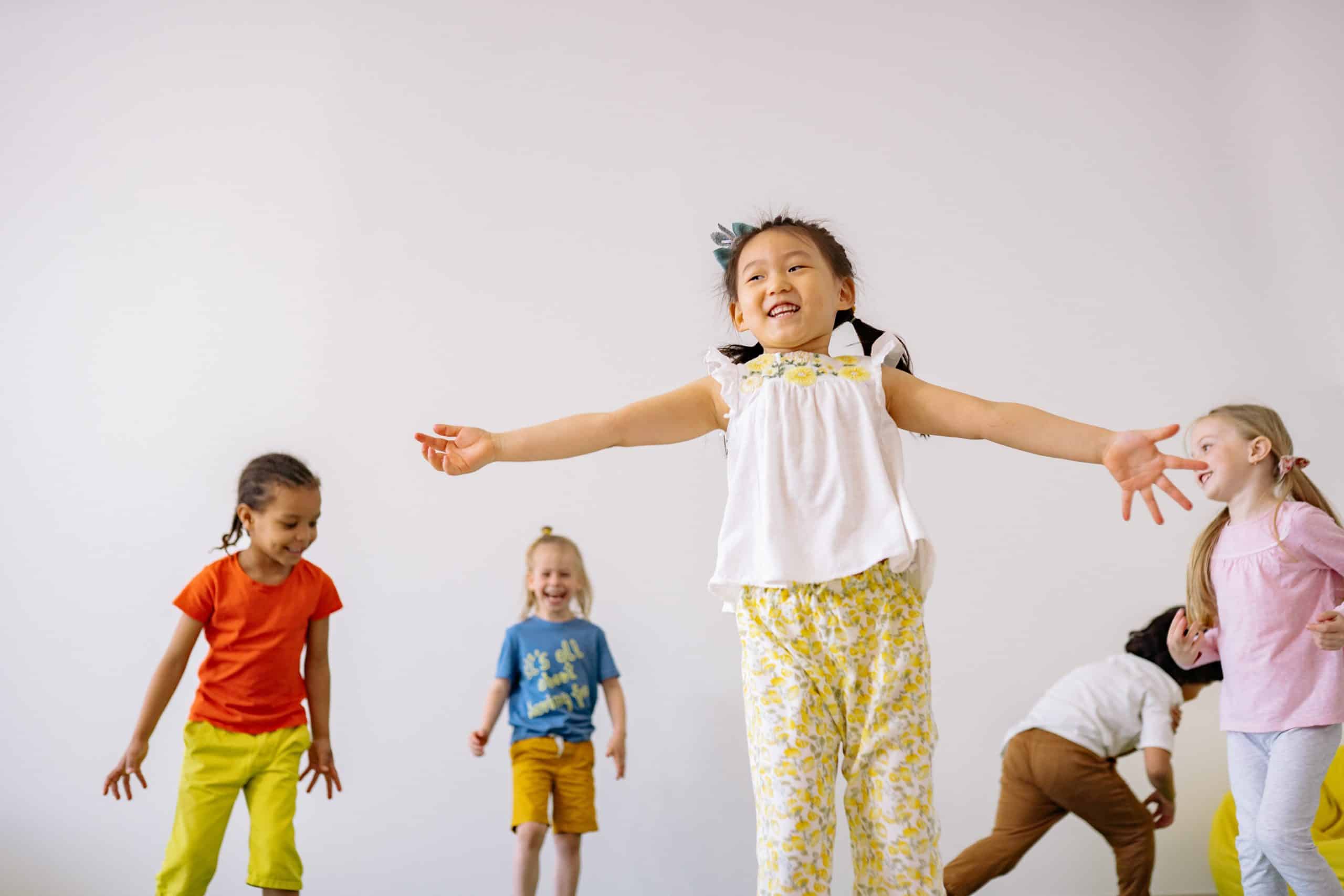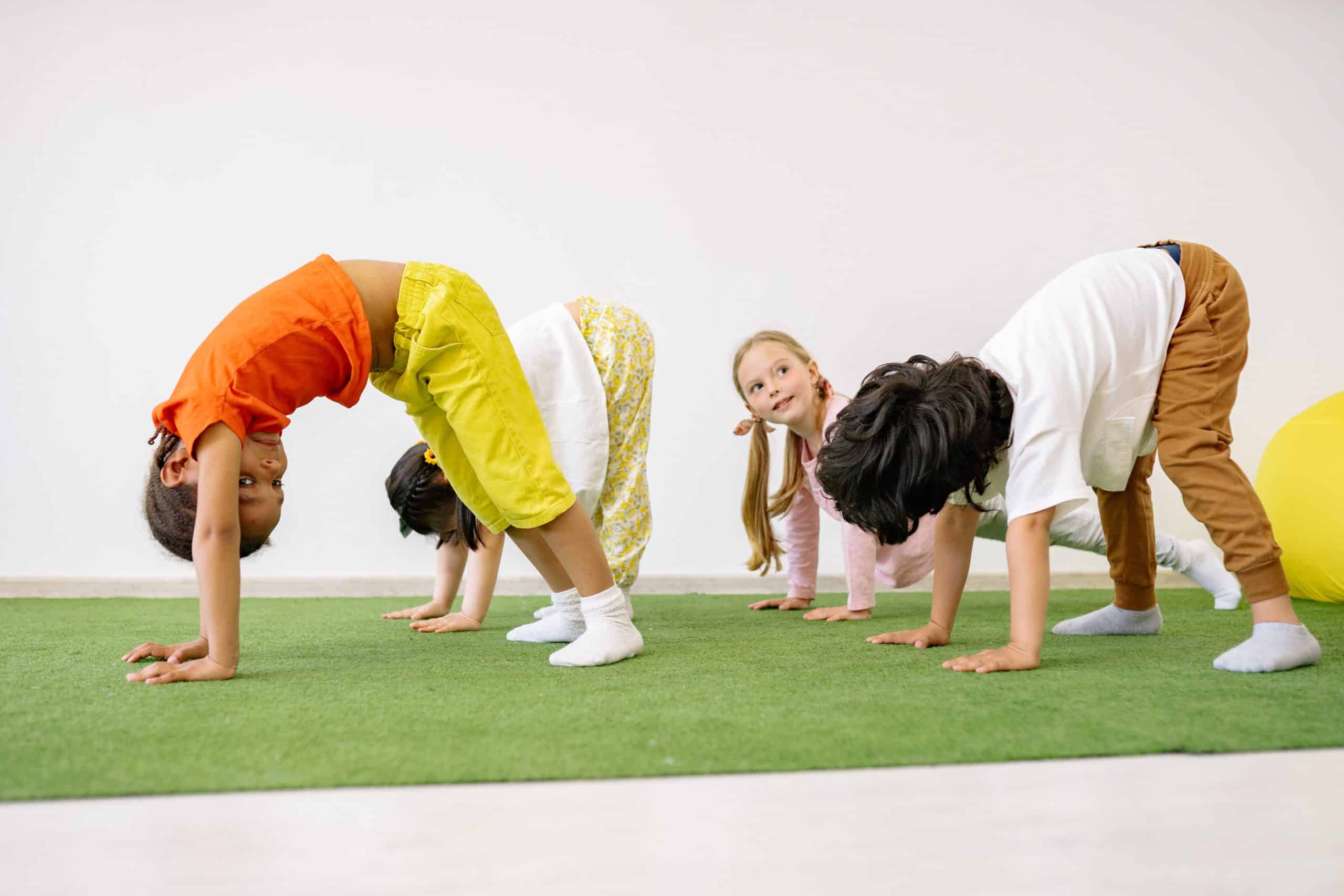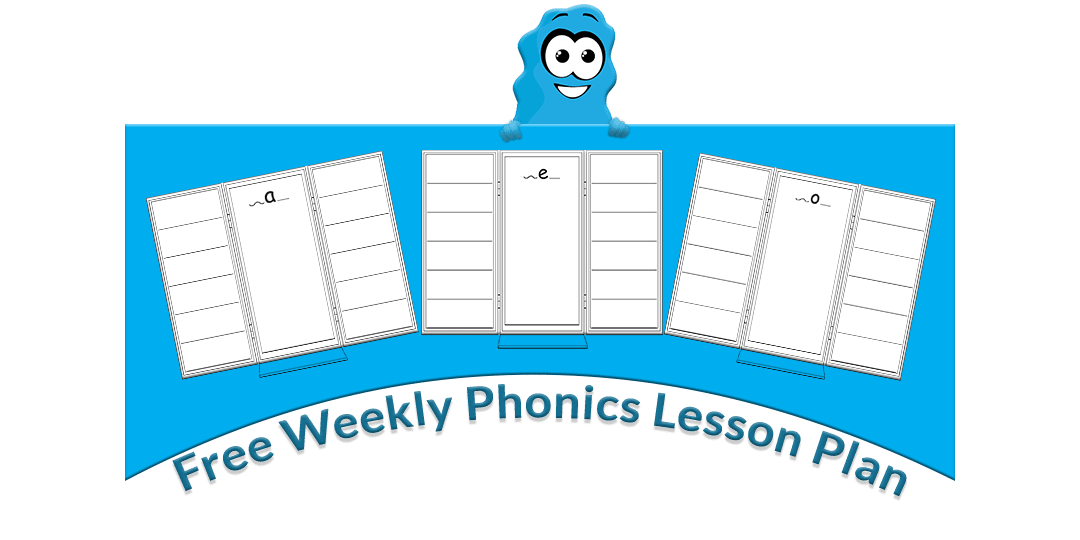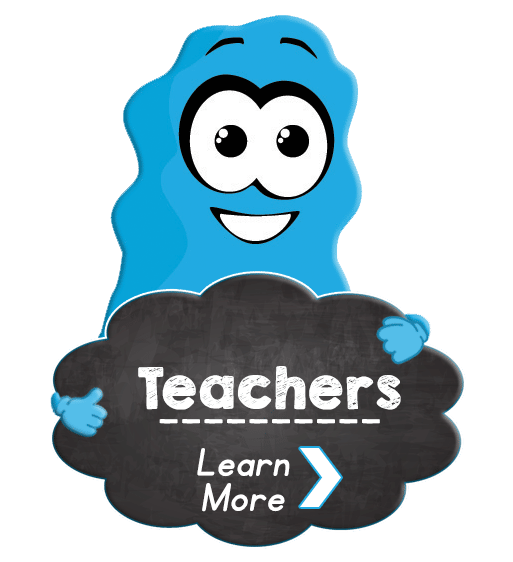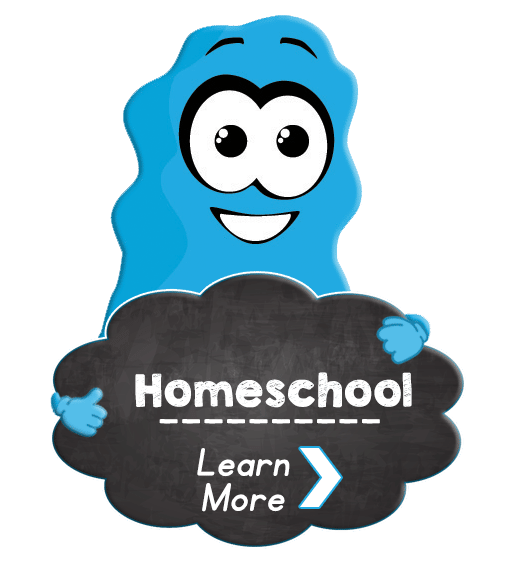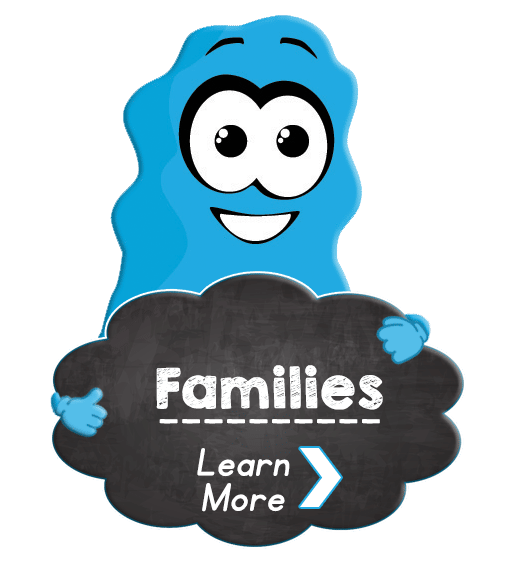The Power of Muscle Memory in Reading and Writing
Learning how to read and write is a difficult task for children. It takes time, patience, and practice. Muscle memory can help! Incorporating kinesthetic movement in the classroom will make learning fun while improving reading skills!
The kinesthetic movement in the classroom approach has been proven to increase early literacy outcomes by providing opportunities for children to engage with the letters of the alphabet in many different ways.
One of the most common questions that teachers have about incorporating kinesthetic movement in the classroom is whether or not it will negatively impact early literacy skills. The answer is no!
Kinesthetic movement can improve early literacy skills. Kinesthetic movement in the classroom can build muscle memory which will help students learn how to read words and write letters more quickly.
Learning how to read and write takes practice and repetition! If students learned all of their alphabetic skills through only one-on-one instruction, they wouldn’t have enough practice with each skill to remember how to do them independently when needed during actual reading and writing tasks.
By incorporating kinesthetic movement in the classroom, you allow children the chance to practice the same skill many times so that they can move easily between the pillars of literacy.
How Movement Affects Muscle Memory
Educators are beginning to realize that muscle memory plays a huge part in learning to read and write. Incorporating kinesthetic movement in the classroom can facilitate muscle memory and improve early literacy outcomes. Author Mike Kuczala states that “The body is simply an outward expression of the brain” and that they have been separated in education.
Children learn through a variety of ways, including kinesthetic learning styles, which rely on the senses to process information. To incorporate kinesthetic learning in the classroom, teachers must first recognize that students enter the classroom at all different levels. They should focus on “embodied learning.”
The concept of embodied learning has been around for quite some time, but it may not be something that teachers are familiar with. Embodied learning incorporates movement into lessons, thus using your whole body when learning new material.
It is a kinesthetic approach to learning.
When children are physically active, they use more than one area of their brain. This helps them learn and remember new material. Kinesthetic movement in the classroom can also help students focus and pay attention in class.
Incorporating kinesthetic movement in the classroom will make learning fun while improving reading skills!
The Importance of Muscle Memory in Early Literacy
Motion and literacy are inextricably linked. Kinesthetic movement in the classroom is a natural way for children to express themselves, explore the world around them, and learn about the relationships between objects and people. Motion is part of how a child develops physically, cognitively, socially, and emotionally.
The importance of muscle memory in early literacy cannot be overstated. The more children are exposed to written words, the better their brain can process, store and recall them. This is where the power of kinesthetic movement in the classroom comes into play, as it helps develop a child’s muscle memory and develops their hand-eye coordination.
Muscle memory is essentially a brain function that allows people to perform physical tasks without thinking about each individual step. For instance, once you learn how to ride a bike, you don’t have to consciously think about how your legs should propel the pedals; instead, you can focus on steering.
As children begin learning how to read and write, they too develop muscle memory and eventually master these new skills without having to think hard about them.
This is why Phonics in Motion is based on incorporating kinesthetic movement in the classroom.
Ways to Encourage Movement in Your Classroom
While moving and learning, we can tap into the power of kinesthetic learning. Kinesthetic learning is a form of experiential learning that uses movement, body positioning, and motor activities to engage the senses and promote information acquisition. If you have ever been completely absorbed in a task or sport, you have experienced kinesthetic learning.
You can think of kinesthetic learning as your body’s ability to learn from physical experience. Your body learns best when it’s moving, rather than just sitting and listening to someone talk about something. So how do you get your students engaged in kinesthetic learning? Here are four ways you can use kinesthetic movement in the classroom:
Encourage physical response
When you ask questions, require students to respond by moving their bodies in some way like clapping their hands, raising their hands, or jumping up and down on one foot. You might even have them sign their answers when they are working in small groups or teams.
Use symbols
Symbols play an important role in early literacy development, especially for young children with limited language skills. They convey a message before a child has the ability to read the text itself.
Use kinesthetic movement to teach concepts.
Songs and stories are wonderful ways to reinforce concepts like rhyming or number recognition. Move throughout the room and have kids follow you while you sing a favorite rhyming song; they’ll be engaged while they learn! Make up your own motions or use YouTube videos as a resource.
Kinesthetic Movement in the Classroom: Movement With A Purpose
While spontaneous, child-led play is fine, during lesson blocks, purposeful kinesthetic movement in the classroom is key. For example, if you’ve been talking about how words are made up of letters and letters are made up of sounds, then you can do an activity where students practice making words by moving around the room using sounds. Or, if you’re working on letter recognition (and therefore letter sounds), then have students practice writing letters while moving around the room. The point is: move them around with a purpose!
How PIM Helps Muscle Memory
The reason PIM is so successful with students is that it naturally incorporates embodied learning into the classroom.
When students are able to incorporate their natural inclination for motion and use it to construct meaning, they will retain more information to memory. You may have observed your students use this skill without realizing it.
When observing a PIM classroom, students are not sitting still, facing the teacher. They are actively engaged in the lesson because it incorporates activity. In addition, the motions associated with KMPs are designed to correlate with specific sounds, such as with the /ch/ digraph. Because the KMPs correlate with how the sounds are made or articulated, children can easily connect with the concept.
The motions through KMPs are not only used in reading but in teaching writing as well. When students start to write, they are able to recall sounds and blends as opposed to operating only with the visual image of the letter, which can be very tricky with the nuances of our language.
Conclusion
While early childhood literacy focuses on helping students become fluent readers and writers, the importance of kinesthetic, whole-child learning strategies is growing.
Today’s teachers are increasingly including a variety of kinesthetic movement-based lessons and exercises in their classroom instruction, and for good reason. Research continues to show that physically active students with strong literacy skills will outperform their less active peers as young as three years old–and even among older students.
Phonics in Motion’s KMPs can be used in explicit language instruction but also carried through the day as you engage in authentic learning opportunities. It is a tool that will keep your students engaged while building the muscle memory they need to become more proficient readers and writers.
The exclusive e-book written by renowned literacy expert Dr. Terry Kindervater offers step-by-step instructions for introducing KMPs in the classroom. Backed by the Science of Reading, Phonics in Motion is committed to helping educators bring multi-sensory, fun, kinesthetic movement in the classroom to help instill a life-long love of learning.
Click here to buy The Complete Guide to Teaching With Phonics in Motion.
